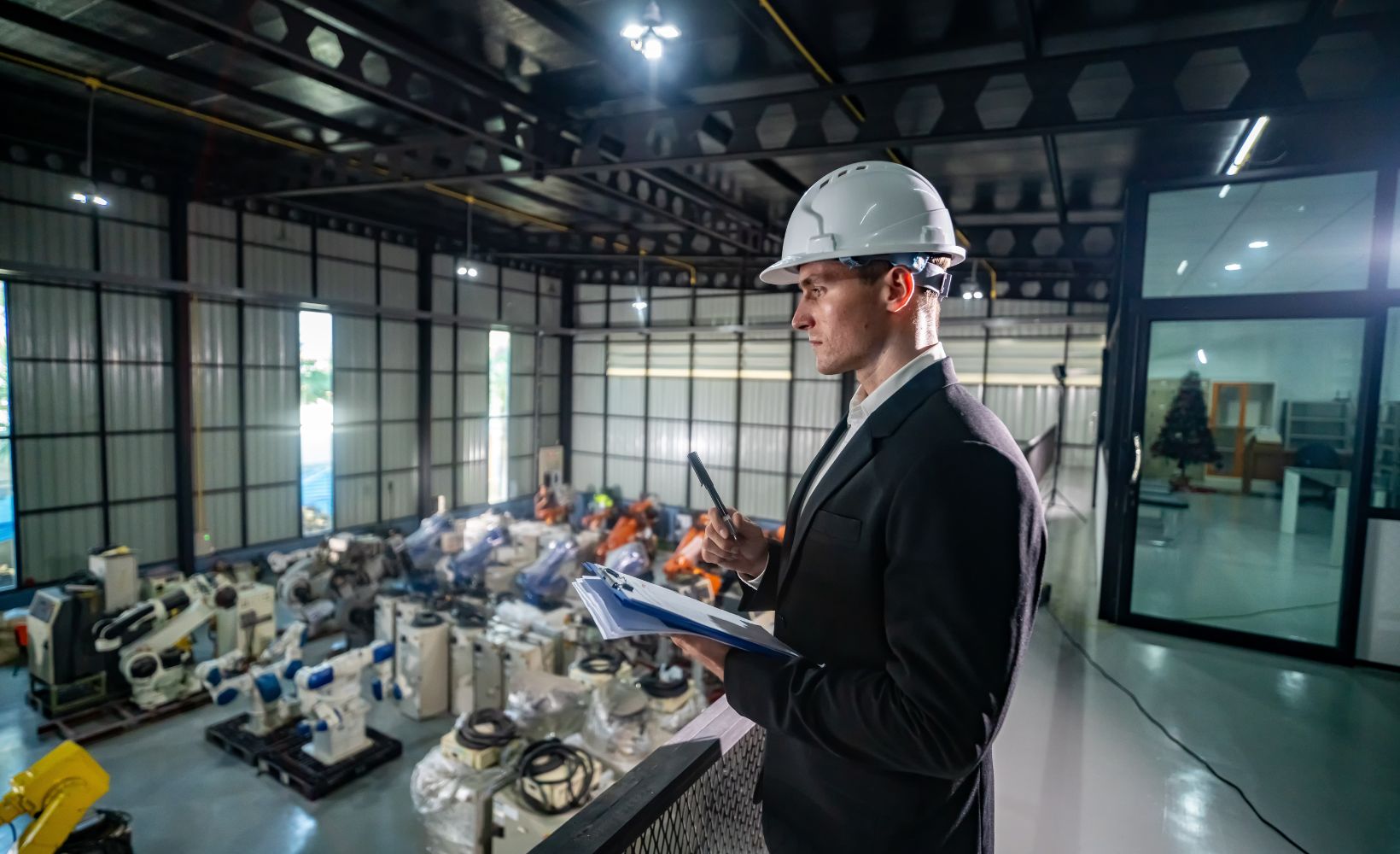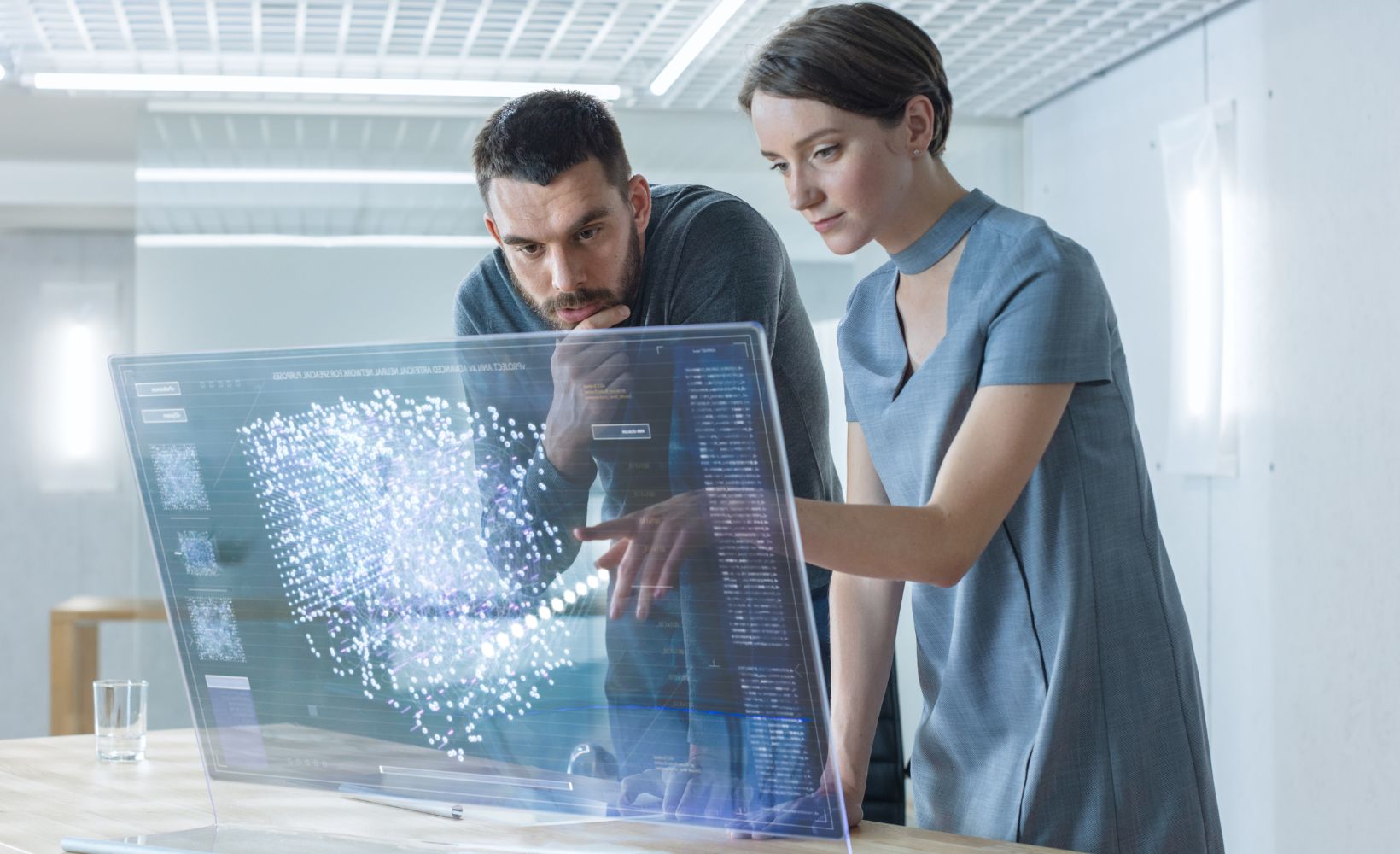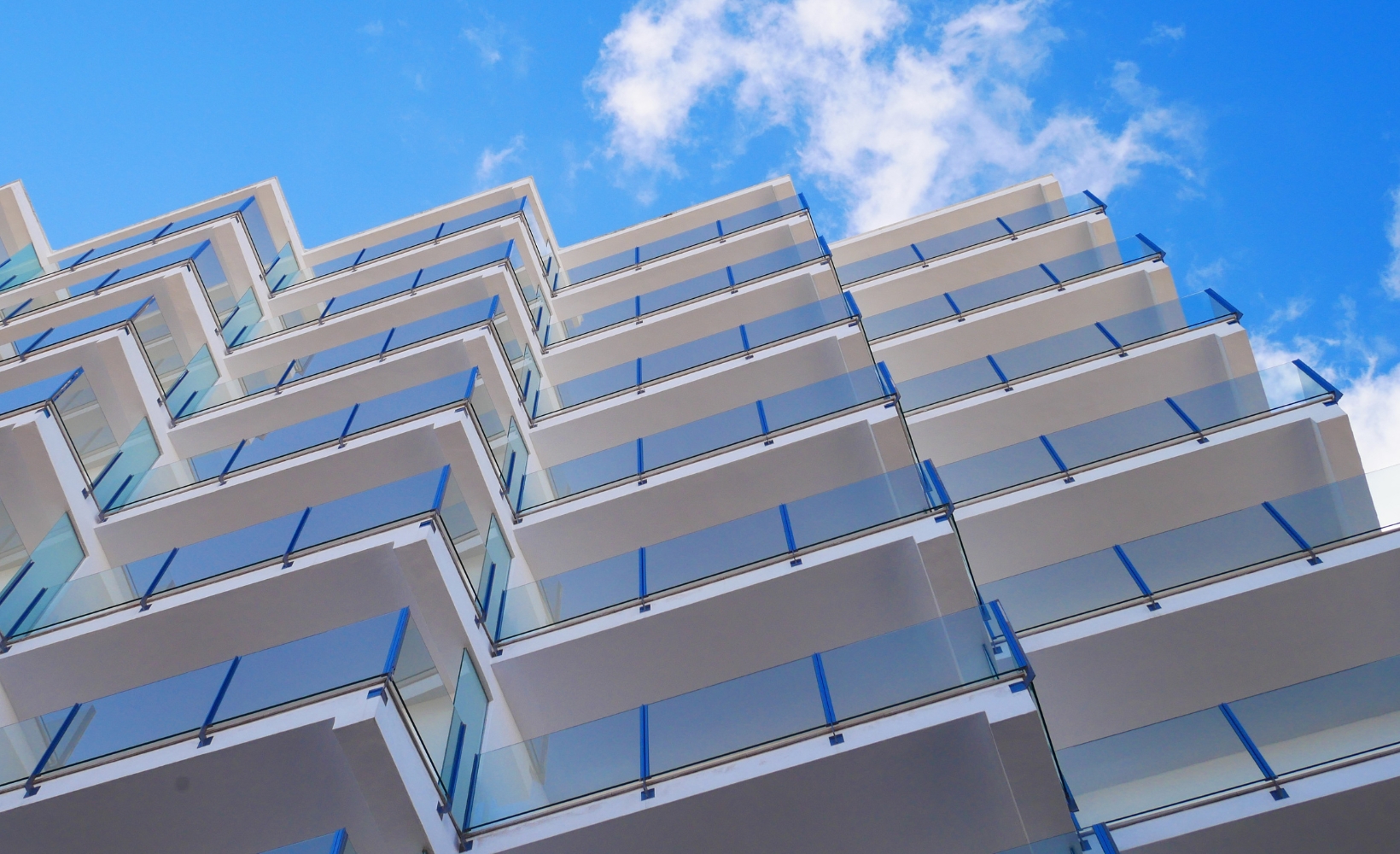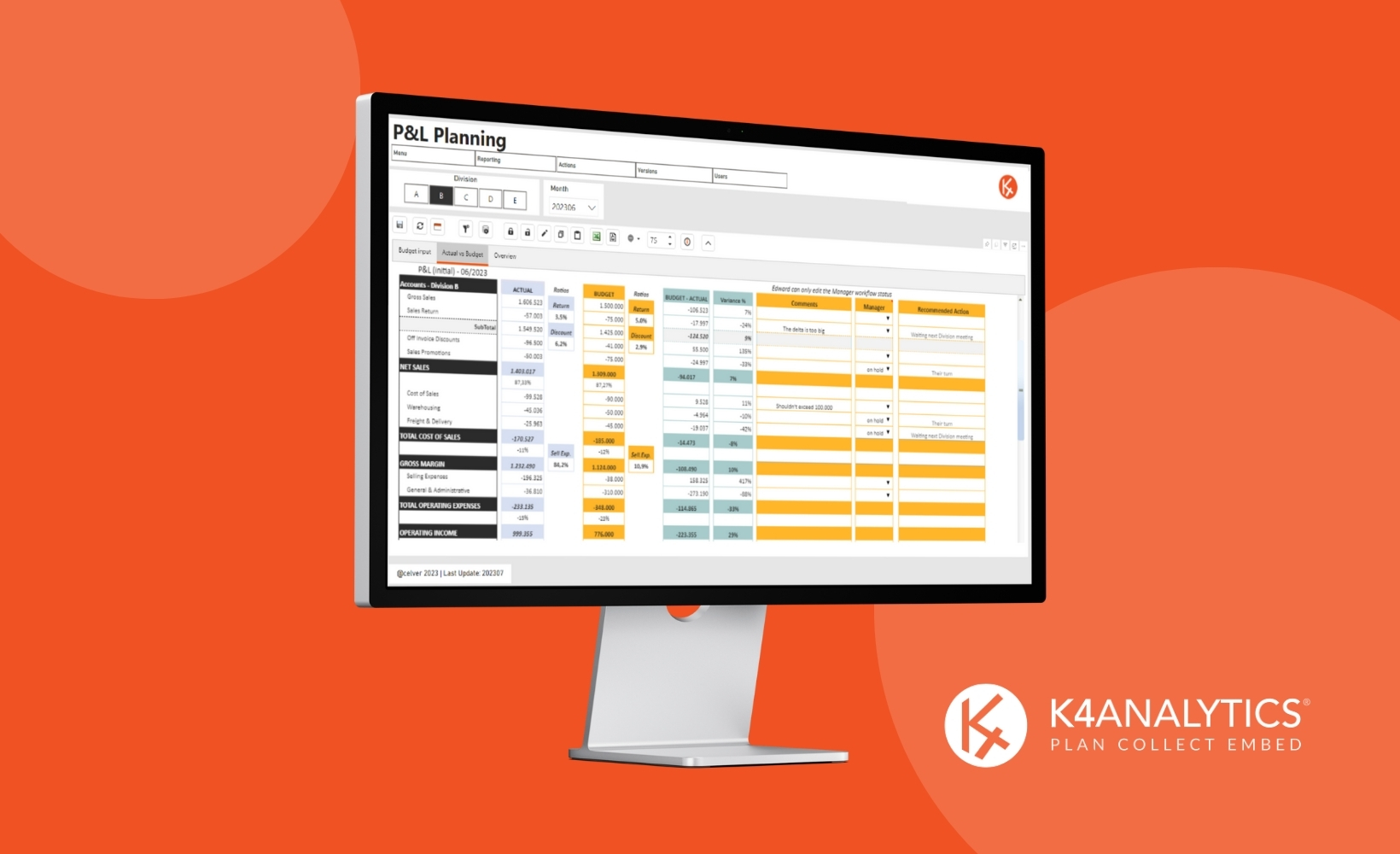We have talked before in our blog about what Artificial Intelligence (AI) is and the difference between predictive and generative AI. We have also talked about the different applications and uses that these can have within companies, and today we are going to delve into how generative AI can increase productivity.
In this article we are going to focus on individual productivity, that is, of each individual professional, thanks to the incorporation of AI in their work routines. In another article we will address the same topic but from an organizational perspective, thanks to the development of corporate tools.
Let’s see how AI can help in the daily tasks of professionals to increase their productivity.
Generative AI is the new everyday tool.
If there is one tool that has always been used in companies, it is Excel (spreadsheets). It has been used for everything, as a basic calculator, to make budgets, for accounting, for statistical analysis, for programming…
Today, and increasingly so, there are several generative AI tools (such as ChatGPT, Gemini or Anthropic, among others) that can be incorporated into the day-to-day work of workers to cover a wide variety of daily tasks, while significantly improving productivity.
Like Excel, these tools are designed to be versatile and accessible. However, generative AI offers advanced capabilities such as process automation, idea generation and workflow customization, allowing users to perform their tasks more efficiently and innovatively.
In fact, there are studies such as this one by McKinsey that claim that generative AI will change work as we understand it, since together with other tools already available, AI has the potential to automate work activities that today take up 60-70% of workers’ time.
What are the benefits of generative AI at the user level?
The implementation of generative AI at the user level in the work environment offers benefits that include:
- Increased productivity: generative AI allows repetitive tasks to be automated, freeing up time for more strategic activities.
- Greater creativity and innovation: these tools can help in brainstorming and idea generation tasks, providing new points of view and proposals that had not occurred to us.
- Increased customization: users can adapt AI tools to their specific needs, improving efficiency and effectiveness in their tasks.
- Facilitates informed decision making: the use of Generative AI tools makes it easy to analyze available data and provide insights that help workers make more informed decisions.
- Continuous learning: Generative AI tools have a very broad knowledge on any topic you can imagine, so they can act as personalized tutors to learn about different areas that users need.
- Error reduction: by automating tasks susceptible to human error, such as data entry or document review, AI increases accuracy and quality of work.
- Easy accessibility: Generative AI is easily accessible to employees with different skill levels.
What requirements are necessary to use generative AI at the user level in companies?
This is more important than it seems, as there are studies (such as this one from Boston Consulting mentioned by Adecco Institute) that state that when AI is used within the scope in which the worker is trained, it can improve performance by up to 40%. But if used outside that scope it can negatively affect performance by up to 24%.
Therefore, to get the most out of user-generative AI there are 2 aspects that are of great importance: understanding the technology itself and proper training of the user.
Understanding the Technology.
AI tools have specific characteristics that are important for professionals to understand in order to leverage them effectively and understand their limitations. This includes:
- Knowing their capabilities and limitations: understanding what generative AI can do and what its limitations are.
- Knowing best practices: workers must learn how to interact effectively with AI, including formulating queries and interpreting results.
- Be ethically aware: users should be aware of the ethical implications of using AI, such as model bias and data privacy.
User training.
Proper training in the use of these tools is essential to maximize their potential. A complete training in the use of AI should include:
- Continuous training: starting with a theoretical-practical introduction to the fundamentals of generative AI, and keeping the training updated with new tools and functionalities.
- Practical sessions: that allow employees to apply what they have learned in real scenarios and on which they can have personalized feedback to assess their understanding.
- Ethics and safety training: as we have said, ethical and safety aspects related to the use of AI are important, so they must also have their place.
Training is key to ensuring that all employees use generative AI effectively, aligning its use with corporate objectives and empowering workers to adopt this technology with confidence.
Some examples of using user-generative AI.
User generative AI can be used in a variety of applications within the enterprise:
- Document summarization: tools such as ChatGPT can analyze and summarize large volumes of text, facilitating comprehension and saving time.
- Meeting minutes: AI can transcribe and summarize meetings, creating detailed minutes automatically.
- Brainstorming: workers can use AI to generate ideas and discussion points in brainstorming sessions.
- Proofreading of texts or reports: AI tools can review documents to detect grammatical errors, improve wording and ensure consistency.
- Translation: Generative AI is able to translate texts quickly and accurately, facilitating communication in different languages.
- Programming assistance: tools such as GitHub Copilot can help programmers by suggesting lines of code, correcting errors and speeding up software development.
- Visual content generation: AI tools can help create custom graphics and presentations, saving time and improving the quality of work.
- Data analysis: AI can process large data sets, identify patterns and generate detailed reports that would otherwise take a long time.
- Calendar optimization: AI can manage agendas, suggesting optimal times for meetings based on participant availability and task prioritization.
AI boosts the productivity of each of your workers.
Incorporating user-generative AI into enterprises boosts individual productivity. Just as Excel once transformed administrative and analytical tasks, generative AI tools have the potential to revolutionize the way workers perform their daily activities, improving the efficiency and competitiveness of companies.
To maximize the benefits of this technology, it is essential that companies provide adequate training and align its use with corporate objectives. If you want to learn how Holistic Data Solutions can help you implement generative AI tools in your company and boost the productivity of your teams, do not hesitate to contact us.
Related Articles
In a context like the current one where financial instability and market volatility are so present, it is normal that [...]
Operational management in the retail sector is complex for many reasons: the number of factors to consider, changes in trends [...]
We are living in an era of digital revolution: artificial intelligence, metaverse, digital twins, process automation... These and many other [...]
















